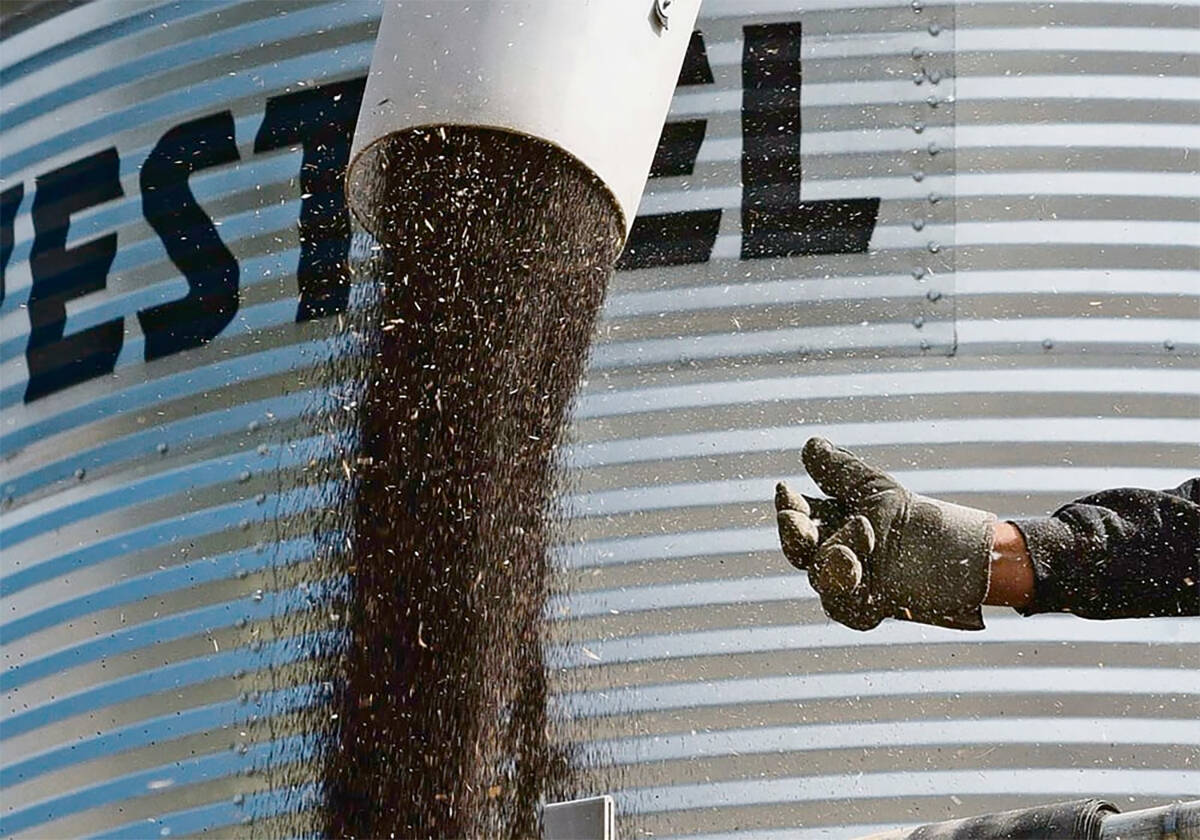University of Saskatchewan | Program requested by major farming companies looking to recruit from First Nations
A small group of students convocating from the University of Saskatchewan’s agriculture college this fall are the first to complete a program geared toward First Nation students and agribusiness.
Five students comprise the first class from the university’s aboriginal agriculture and land management program, receiving a post-graduate diploma.
Another four students are just starting the two-semester long program.
“Aboriginal students have traditionally not looked at agriculture and land management as a career … so we’re kind of breaking into a new area of inquiry for aboriginal students,” said program co-ordinator Wayne Robinson.
Read Also

Farmers urged to be grain-safe this fall
Working around grain bins comes with risk, from farmers falling to drowning in grain: Experts have five tips to help avoid grain-related accidents this harvest.
“So it’s taking a little longer to attract attention than we would’ve liked, but I wouldn’t say I’m surprised by it.”
Courses are designed for students coming from non-agricultural backgrounds and offer an education in agriculture, business practices and economic development.
The program was launched following a $1 million donation from the Sprott Foundation in 2011. Sprott Resources operates One Earth Farms, a large corporate operation that has partnerships with First Nations communities in Saskatchewan and Alberta.
The first intake of students was made following consultations with industry, said Robinson.
“Essentially what industry told us was that there was a desire to hire more aboriginal people and specifically they were interested in employees who understand the language of agriculture and have the knowledge and skills to operate at that interface between aboriginal communities and agribusiness,” said Robinson.
The program includes a work experience component, which is how Michelle Delorme, a practising lawyer when she enrolled in the program, went to work for One Earth Farms, where she worked with leases and contracts and acted as a liaison with First Nation communities.
“Into the future, there needs to be a greater approach to get students involved in the industry,” she said.
“It’s fine to be touring us around to these facilities and getting us to look at equipment and go to trade shows and everything, but I think work placements are a big thing.”
Projections show the aboriginal population in Saskatchewan growing to one in four people between the ages of 20 and 29 by 2016.
Bert Sutherland, chair of the Greater Saskatoon Chamber of Commerce’s agribusiness development committee, said he has identified an employment shortfall and sees potential to work more closely with First Nations leaders and communities. However, he said it requires leadership.
“It sickens me to think that there’s all these jobs, all this work, in the province of Saskatchewan right now today that aboriginal people could fill and they’re not. And training is part of it, but part of it is somebody actually having an entrepreneurial mind and seeing that there’s an opportunity and saying, ‘How do we grasp this?’ “ said Sutherland.
“Could they do it? Could they learn it? Whether you’re agricultural or not, absolutely you can.”














